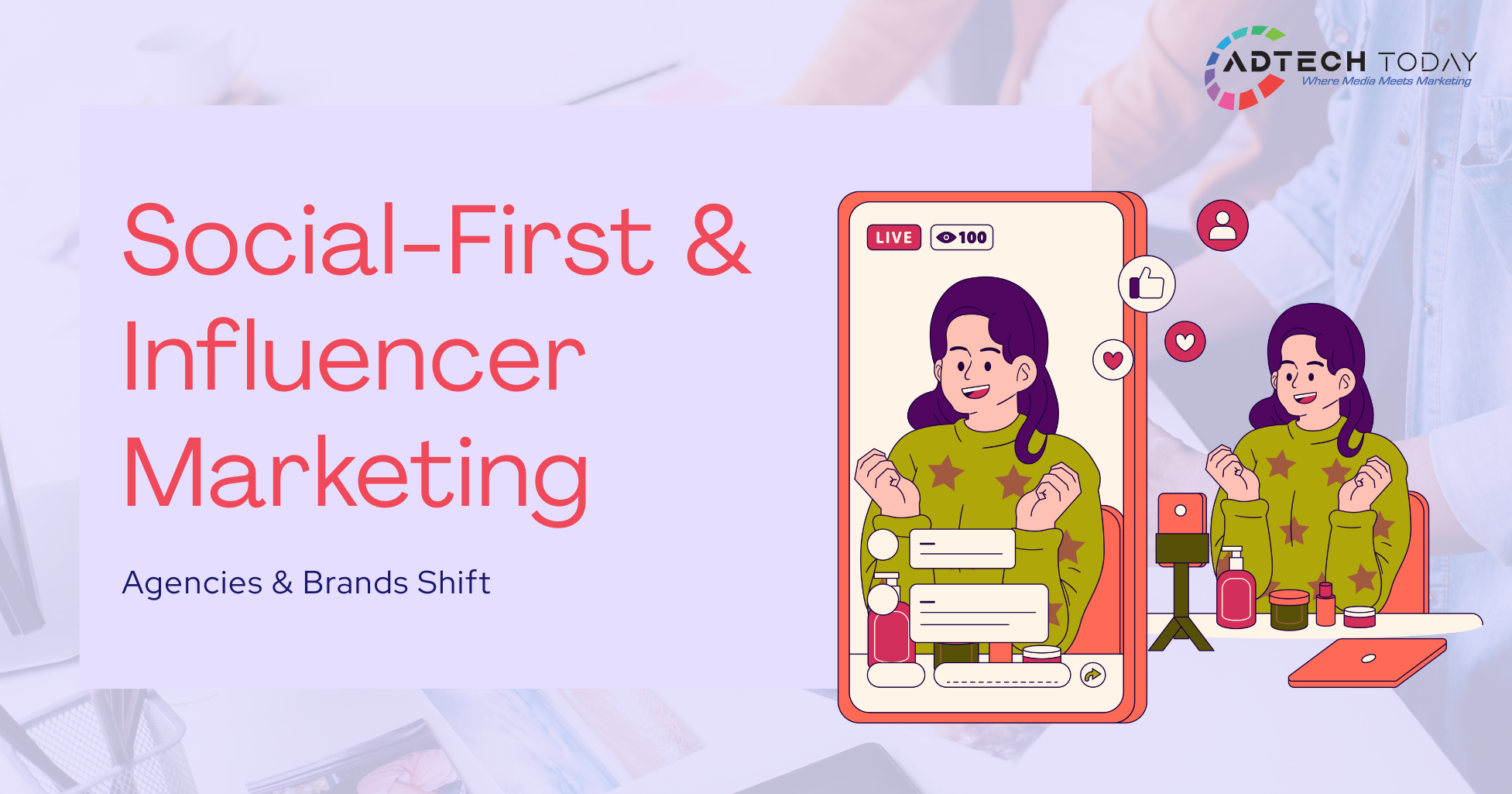
As audiences spend more time scrolling than streaming, brands are rethinking how they connect. The rise of social-first marketing has moved the spotlight from broad-reach advertising to real-time engagement and creator-led storytelling. By collaborating with influencers and tapping into cultural moments, marketers are crafting campaigns that feel personal, participatory, and relevant in today’s fast-moving digital landscape.
Khushboo Mulani,Founder & ShEO, Slay Media.
At Slay Media, we think that social-first marketing is not just about being present on social media; it is about being present at that exact moment. In an age of shifting audiences from passive consumption to active engagement, brands that make connections with creators or help create culture/creativity in the moment are not just capturing attention; They are building community that extends beyond the advertising campaign.
Naresh Rawal, Senior Vice-President Sales and Marketing, StarDream Cruises.
“With campaigns like Letter to the SEA, we’ve seen how a social-first approach transforms storytelling. It’s no longer about pushing content, it’s about creating moments that evoke emotion and feel real, the kind you relate to, even if you express it differently. By blending AI-driven creativity with genuine human connection, we’re building communities instead of audiences, and letting stories travel organically through the people and platforms that matter most”
Chandan Bagwe, Founder/Director, C Com Digital.
Social-first marketing has completely changed how agencies plan their work. Campaigns increasingly put more value on cultural relevance and social communities than on traditional media reach. Creative execution moves from polished ads to real native content, with influencers seen as trustworthy collaborators. Micro-influencers build deeper trust with their audiences, which is more important for success than just getting impressions. Instead of big productions, budgets are now going to many smaller, collaborative initiatives and content co-creation.
Shiraz Khan, Spicetree Design Agency’s Founder and Director.
“The game has changed in a big way. We’re not pushing messages on people anymore; instead, we’re meeting them in real time where they already are. Social-first means that the strategy is based on how people act, not what the brand wants to achieve. Influencer partnerships are no longer just ways to get your content out there; they are now creative partners. Agencies that are treating this as a complete overhaul of how they do business—making decisions faster, using data to drive creativity, and telling real stories—are the ones that are winning today. “It’s not a trend; it’s the way things work now.”
Vivek Pradeep Rana – Managing Partner, Gnothi Seauton.
In India, social media isn’t media. It’s gossip, aspiration, validation, rebellion, and religion served in 15-second loops. “Social-first” means brands can’t hide behind glossy ads or generic copy. If you’re not part of the conversation, you’re invisible. Influence isn’t bought; it’s borrowed from those who’ve earned trust by being real. A chai vendor with a phone and a story has more cultural leverage than your ad agency. So, planning is no longer linear. It’s instinctive. Messy. Emotional. The real shift? Brands must stop performing and start participating. Because, in this market, if you don’t get shared, you don’t exist.
Mrityunjay Kumar, Co-founder, Mashrise.
The shift toward social-first, influencer led marketing has redefined how agencies like Mashrise build campaigns from static planning to dynamic participation. Brands now design for conversations, not just communication. Influencers have become cultural translators, turning brand messages into relatable moments. It’s less about broadcasting and more about belonging, where real time engagement, community trust, and creative agility drive impact far beyond traditional media metrics.